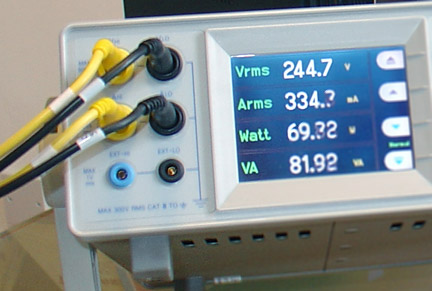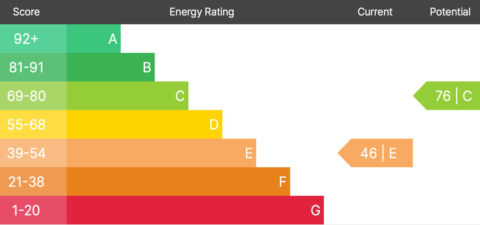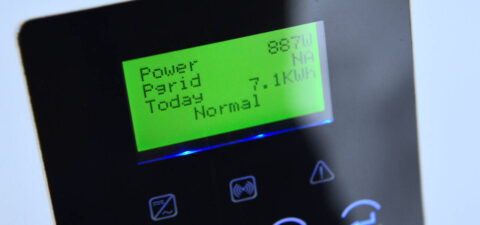
Electric cars seem to spark interest and cynicism in equal measures, they somehow conjure up images of the futuristic world where vehicles move silently around our cityscapes, with no nasty emissions coming out the back and costing just pennies to run. Then the cynicism kicks in… oh, it will only get you to the supermarket and back before it runs out of battery.
‘Range anxiety’ seems to be a major stumbling block to the take-up of electric cars, even though the average driver probably only does long trips occasionally. The Vauxhall Ampera tries to address this with a clever combination that combines the benefits of electric motors as a means to drive the wheels, and a petrol engine that works as a generator producing electricity to power the motors. The result is a car with the advantages of electric propulsion; quiet, smooth, gearbox free, plus the ability to go 330+ miles on a tank fuel for those infrequent long trips.
Is the Ampera a complex solution to ‘range anxiety’? We took the Ampera for a Bank Holiday weekend break to test the driving experience and see what MPG is achievable on long trips! Please watch our Ampera review here…
Euro NCAP – Vauxhall | Opel Ampera – Five Stars Crash test














